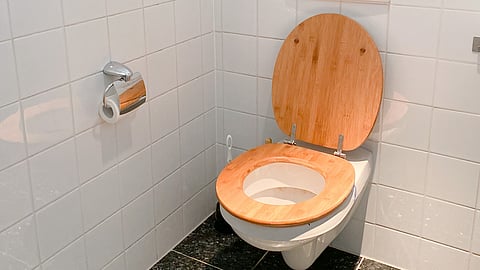The reason there were so many visible spores on the air-blast-treated plates remains unclear. The researchers made the following assumptions: 'Maybe the dryers are holding the bacteria in place,' or 'Maybe the powerful blowing action simply adds more pollution to the air.'
While there is evidence suggesting that dryers can harbour bacteria, the researchers added that 'we don't know for sure whether dryers deposit bacterial spores.'
After the study was published, further research was done to verify its authenticity, and the following facts came to light that cast doubt on the study's validity.
1. Regardless of the hand drying choice, bacteria, viruses, and other germs are always present in toilets. Microorganisms are frequently found in the air and on contact surfaces. The environment's characteristics and the varying demographics are to blame.
2. In addition to user-recommended practices, routine maintenance makes hand dryers a great option for sanitary hand drying. Touch-free operation is a characteristic of new high-speed hand dryers that helps to prevent the spread of germs right away. By removing 99.97% of particles 0.3 microns in size or bigger, including germs and viruses, HEPA filtration cleans the air. Antimicrobial chemicals also stop bacteria, mould, and mildew from growing on the surfaces of the dryer.
3. Even while paper towels appear to be a safer solution for hand hygiene, this is not guaranteed. This is because, except in lab environments where these kinds of conditions are established, no air or atmosphere is completely devoid of germs. Therefore, a paper towel could have bacterial deposits from its surroundings.
No matter the results, we must remember that microbes are everywhere, from door knobs to cell phones to discarded paper towels. The best way to avoid the transmission
(Input from various media sources)


